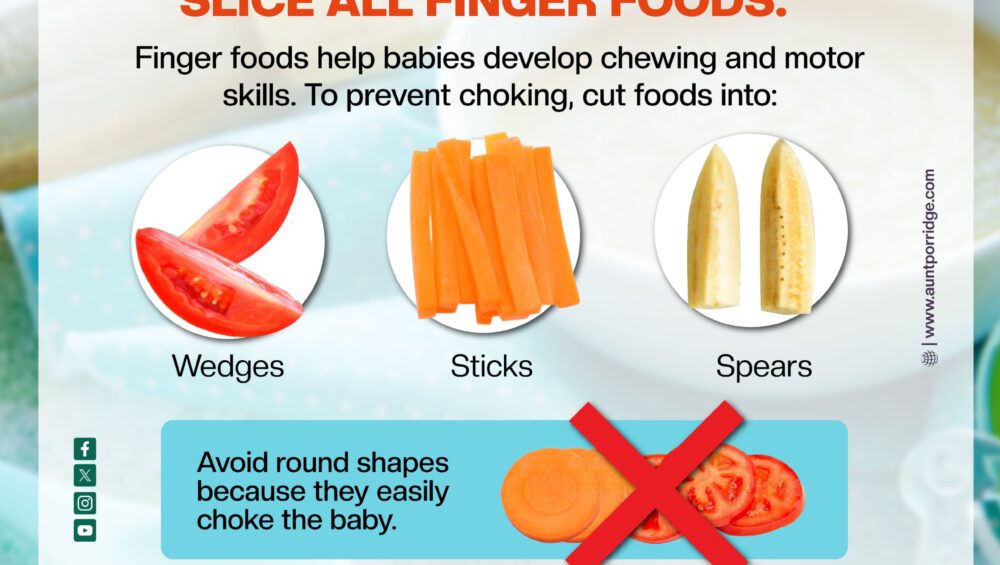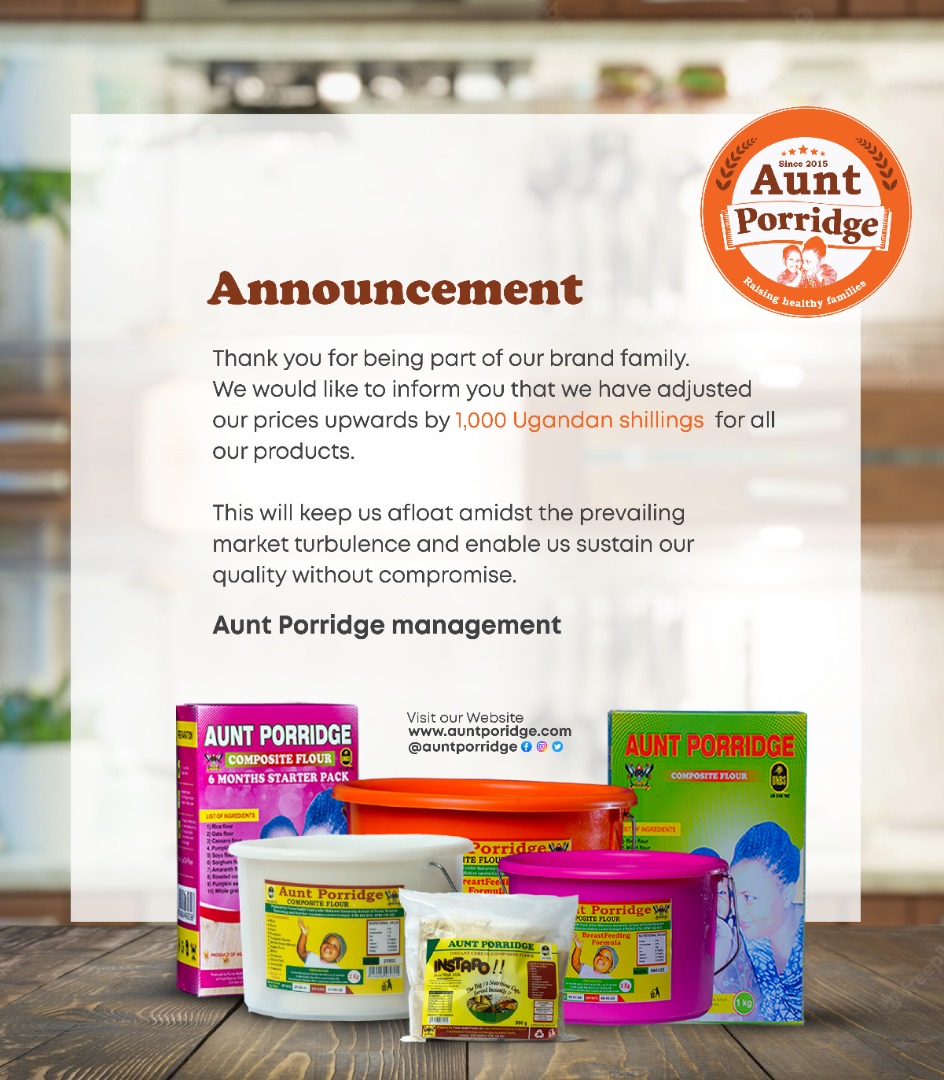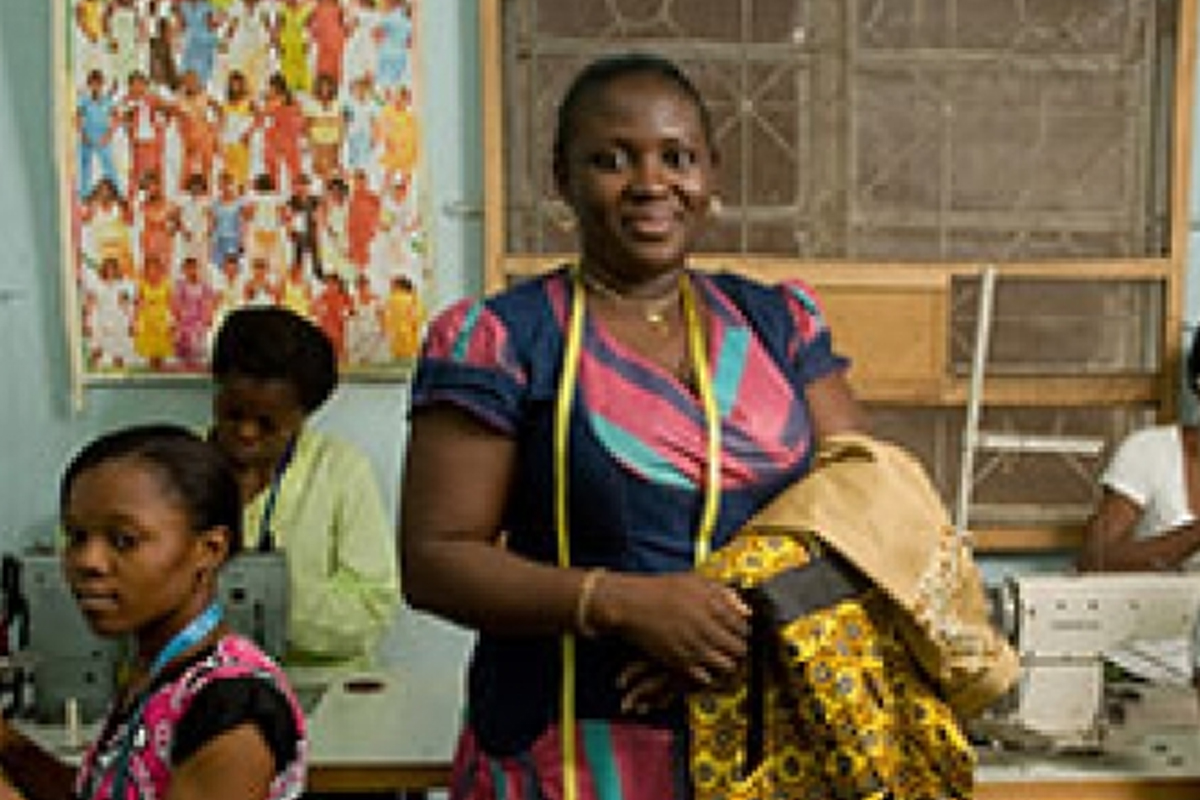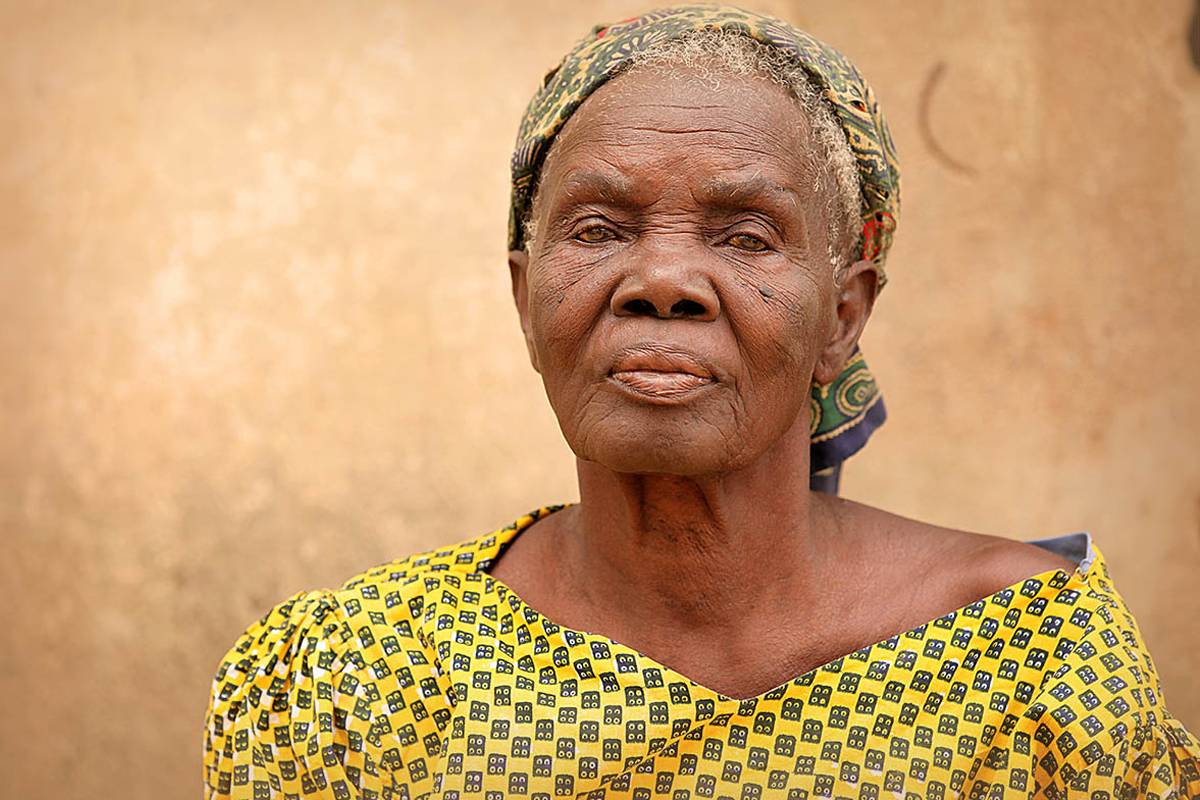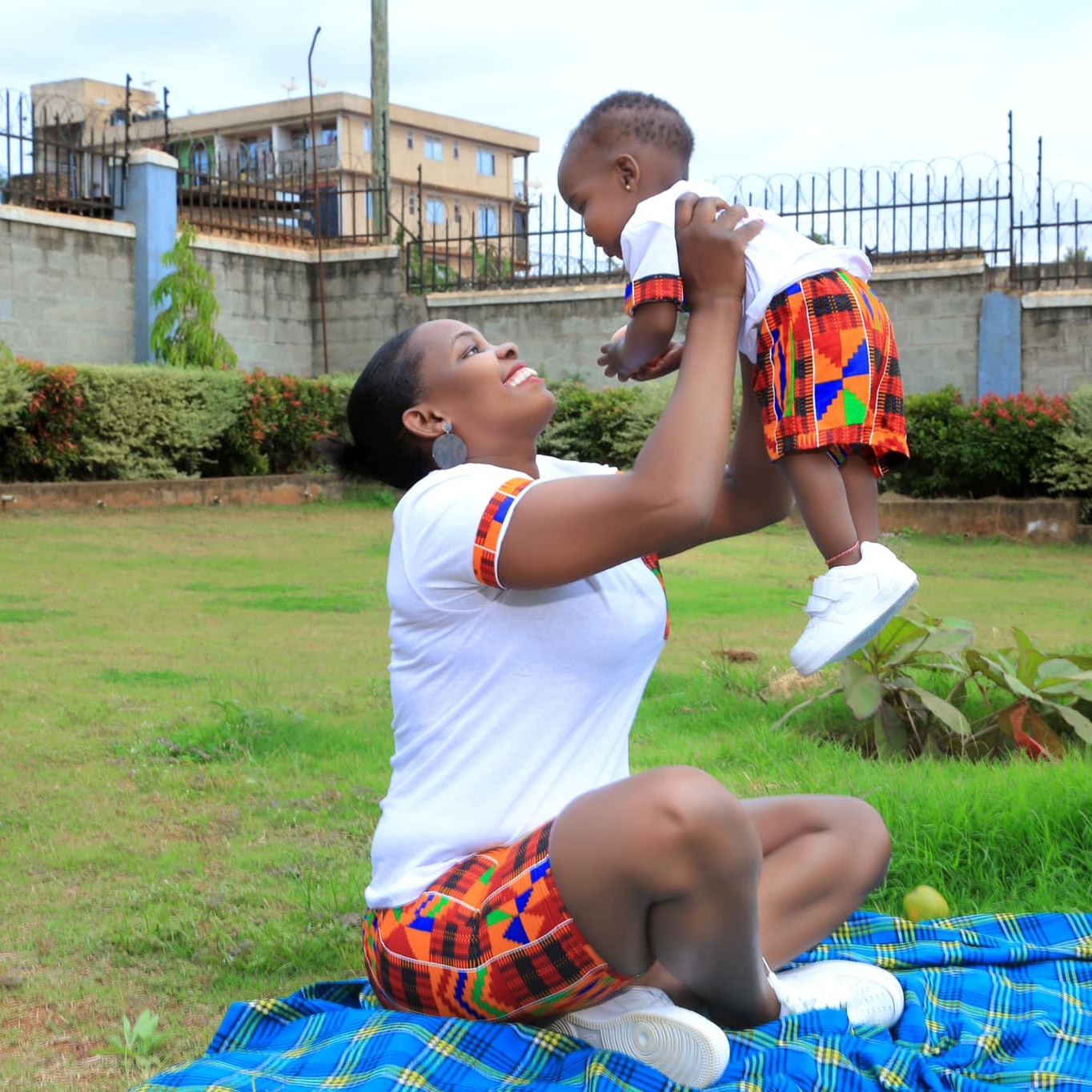As a parent, there’s nothing more terrifying than the thought of your baby choking on their food. Choking hazards are a leading cause of injury and death in infants and young children, and it’s essential to take steps to prevent them.
One of the most effective ways to reduce the risk of choking is to slice your baby’s food into manageable pieces. In this article, we’ll explore the importance of food safety and provide tips on how to safely serve your baby’s meals.
Why is Choking a Risk for Babies?
Babies are naturally curious, and they love to explore their surroundings through taste and touch. However, their small airways and lack of coordination make them vulnerable to choking hazards.
Common choking hazards for babies include:
– Hard, dry, or sticky foods like nuts, seeds, and dried fruits
– Round or cylindrical foods like hot dogs and grapes
– Small, hard objects like coins and marbles
How to Slice Food Safely for Your Baby
Slicing your baby’s food into manageable pieces is a simple yet effective way to reduce the risk of choking. Here are some tips to keep in mind:
1. Cut food into small, soft pieces: Aim for pieces that are about 1/4 inch (6 mm) in size. This will make it easier for your baby to chew and swallow.
2. Remove seeds and pits: Seeds and pits can be a choking hazard, so make sure to remove them from fruits like cherries and apricots.
3. Cook food until it’s soft: Cooking food until it’s soft and tender can help reduce the risk of choking.
4. Supervise mealtime: Always supervise your baby during mealtime to ensure they’re eating safely and not putting too much food in their mouth.
Additional Tips for Reducing Choking Hazards
While slicing food safely is an essential step in reducing choking hazards, there are other measures you can take to keep your baby safe:
1. Check for recalls: Regularly check the manufacturer’s website or social media for recall notices on baby food and equipment.
2. Keep mealtime calm and relaxed: A calm and relaxed atmosphere during mealtime can help reduce the risk of choking.
3. Learn first aid for choking: Take a first aid course to learn how to respond if your baby is choking.
Preventing choking hazards is a top priority for parents, and slicing your baby’s food into manageable pieces is a simple yet effective way to reduce the risk. By following the tips outlined in this article, you can help keep your baby safe and ensure they enjoy mealtime without worrying about choking hazards.
Remember, it’s always better to err on the side of caution when it comes to your baby’s safety. If you’re ever in doubt about the safety of a particular food or object, consult with your pediatrician or healthcare provider.
///////////////////////////////////////////////////Nutritionist: 0787 07 00 57//////////////////////////////////////////////////////////////////

